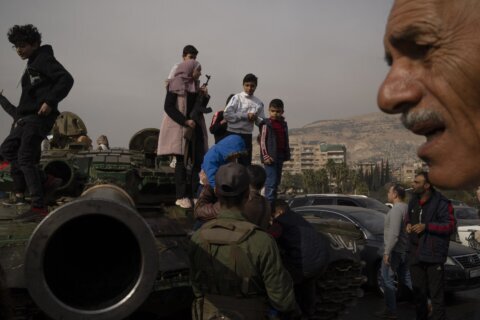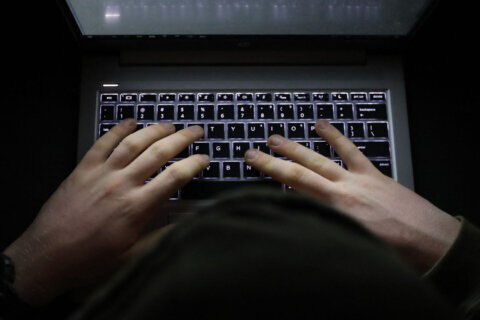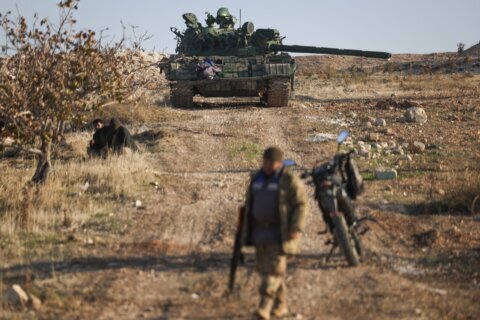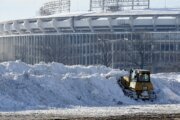J.J. Green, wtop.com
Part I
WASHINGTON – On Inauguration Day, security along the 1.2-mile stretch of Pennsylvania Avenue between the White House and the U.S. Capitol could present the greatest challenge to date for the Secret Service and its partners, security experts say.
U.S. law enforcement officials say they know of no imminent or declared threats to the inauguration, but considering that it is a National Special Security Event (NSSE), they are taking every precaution.
The Secret Service declined to discuss threat levels, but sources familiar with the situation say the evolution of improvised explosive devices, remote detonation technology, weapons of mass destruction, cyber attack threats and the tactical savvy of lone actors present an unprecedented threat matrix.
But disrupting the inaugural festivities will be tough. Thousands of agents, bomb-sniffing dogs, vehicles and technology will be draped over the route starting days before the events begin.
“We have 42 partners here, every law enforcement entity, every transportation entity, everybody that’s got cameras, we’re utilizing (them),” says Secret Service spokesman Ed Donovan.
In addition, Ralph Basham, who headed the agency from 2003 to 2006, says surveys are done along the route prior to Inauguration Day.
“Buildings are surveyed, individual offices are surveyed, people are contacted in those buildings to ensure that the Secret Service and law enforcement community understand what’s happening in those buildings,” Basham says.
Basham says there are a number of security perimeters.
“You have an outer perimeter that may be blocks away that is controlling access to the event site,” he says.
If someone slips inside the outer security perimeter, “Then there’s a middle perimeter, that is a second layer,” Basham says.
Inside of that perimeter is the inner sanctum of security for the president. And experts say the further one penetrates into the rings, the more scrutiny and tension they should expect.
“You hope that everybody has done their job, because there are so many moving pieces,” says Fred Burton, a former State Department agent who guarded the likes of Princess Diana, Yasser Arafat and other international dignitaries on visits to the U.S.”
“You worry about credentialing, the identification theft problem, whether or not someone has stolen or counterfeited a placard that goes on a vehicle,” says Burton.
Agents will also be posted in the buildings along the parade route looking for unusual people and events.
But among the big worries are the invisible threats.
“Technology has brought about some huge challenges. Now someone could be sitting in some chat room or coffee shop trying to hack into the elevator system in a building where the president may be going or into a security system or fire system,” Basham says.
Concerns about chemical, biological, radiological and nuclear attacks are also of concern, but Basham says the Secret Service has a plan to “mitigate” those threats.
In the event of any kind of disruption, the skills of the men and women in the inner ring around the president will be on display.
“He or she has an assigned area of responsibility and remember they are not there to watch the activities that are going on with the president and first lady and others, they’re there to observe what is happening in the crowds along the route — making sure that if something happens they’re ready to respond to the incident,” Basham says.
Part II: The hands in the crowd
Follow @JJGreenWTOP and @WTOP on Twitter.
(Copyright 2013 by WTOP. All Rights Reserved.)







